|
Greetings once again! It’s been a while since I’ve done this, so you might not have heard the big news: it’s officially time to start our independent research projects! Now would be the time in movies where you spray water everywhere from that glass you’re drinking. But, wait just one moment. Do you know exactly what’s in that water? You might, but many don’t. In countries like India, where I was born and I grew up, many people drink “contaminated water”, meaning water that has things in it that CAN be dangerous for your health, such as nitrate. It’s caused millions of deaths and diseases so far, and the worst of it is that the people who drink this water don’t even realize how dangerous it can be. So the question arises: is nitrate (especially in water) good or bad for you?
The experiment seemed straightforward, but it quickly became daunting once I realized all the parts to it, from setting up the vials to doing the actual assay. Thankfully, both these past few weeks of experience and the amazing TAs and instructors (and of course my talented peers), I’ve gotten off to a pretty successful start to my project. I feel confident that with their support, I’ll soon have real data from my very first lab research project to display. Having the chance to perform the research that I’ve put so much effort into gathering in such an amazing setting as TRIP is a first for me, but I’m grateful for the opportunity. I can’t wait to see where this journey takes me, and I hope you’ll be back the next time I share my adventures! Bye for now!
0 Comments
 As the end of my time at TRIP quickly approaches, I cannot say how beneficial this program has been for me in so many ways. To begin, when I entered TRIP I knew no one, and I am now able to graduate with a new group of friends that I would have never otherwise met. We all traveled from different schools and had many different interests, but our time in the lab together allowed us all to become so close. Whether we helped each other transfer flies, took goofy pictures, or just talked together while performing our assays, we all became accustomed to our time spent with one another and I truly enjoyed it. Not only my fellow classmates, but our teaching assistants Matt and Nadija became our friends as well. They were always there to answer any questions I had about the lab and were all of the group's questions about what it was like preparing for college. Dr. Leystra and Dr. Purdy were also so incredibly helpful every step of the way. Both were always eager and excited to help walk through all of our independent projects and make us feel so comfortable from the start. In the beginning I did not expect to have met so many new friends and to be so comfortable with a group that was at one point strangers- and I am truly grateful for the people TRIP has allowed me to meet. TRIP has also presented me with more confidence in myself. In the beginning, I was very nervous because I had no lab experience and was worried I would be behind, but that was not the case. Even when I did have questions, there was always someone there to guide me. TRIP presented me with so many aspects of science that I had not before explored and therefore allowed me to learn so many new things. I became more confident with the tools in the lab, sorting flies, performing my assays, and asking for help. I was even able to become more confident in my presentation skills as Dr. Leystra and Dr. Purdy were the first people to show me the importance of telling the story of my presentation in a way that can be understood and still exciting. 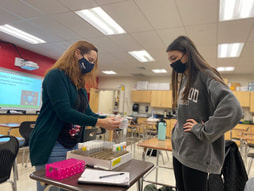 Lastly, I genuinely enjoyed being able to put a research question I had to the test and observe the results. My 21 year old brother has had Crohn’s Disease for years accompanied by a recent habit of vaping. Only a few months ago his doctor pleaded with him to quit vaping as it could be detrimental to his health due to his condition- so that led me to ask, does vape juice have an effect on intestinal health? Although my results were not as compelling as I expected, I loved the routine of performing my assay and looking under the microscope of Saturdays and seeing results. Overall, I learned so much in the weeks I spent with TRIP, met so many new friends, gained confidence in my own capabilities, and furthered my interests in STEM. Hello! It’s been a while since I last checked in. Over these past few weeks, I can confidently say that I have learned a lot, from our introductory experiments up to our first day of independent project setup. For my introductory experiment, I was assigned to run the centrophobism assay to measure the effects of St. John’s Wort and constant darkness on anxiety by measuring the number of times a fly crossed the center of an agar plate. Prior to even running this assay, it became apparent that sorting flies was my weakness. It took me almost an hour to get enough flies in each of the four vials! At least there was room for improvement. The next week, I ran the centrophobism assay and collected data. I first tried to measure the distance between the flies and the center of each plate, but I then realized it would be way more convenient to measure the number of times they crossed the center. You would think that St. John’s Wort or constant darkness would have SOME effect on the flies behavior, right? Well, my flies were being obnoxious, as they all just chilled around the edges of their plates. My entire data table just consisted of zeroes. But I took away some valuable skills from running this assay, and I learned a lot about other assays when we each presented our own. It’s more about the TRIP, not the destination! Now, it was time to come up with our independent projects. I won’t lie, it took me a lot of brainstorming to come up with an idea to test. After refactoring my experimental plan a countless number of times, I settled on: What are the effects of Nicotine and Ginseng on sociability?
To quantify something as broad as sociability, I will be measuring distances between flies in a control chamber over the next few weeks. I have already set up four experimental vials this past week with the right dilutions of nicotine and ginseng in each of them. I had to use multiple stocks to dilute the concentration of these substances, and the math to calculate the stocks was tedious, to say the least. Because of my experience sorting flies, though, it only took me around thirty minutes to sort and get them in the vials this time! I am excited to see how the flies are doing next session! Hopefully I get better data than from the first experiment…
I set up my first round of flies this week and I will be performing the larval memory assay for the first time next week. I will keep you updated with the results! How does taking a steady dose of ibuprofen and other common painkillers affect the memory and learning of a developing brain?
I knew exactly what I wanted to test for my independent project: the effects of electronic cigarette juice on intestinal inflammation. |
Archives
April 2024
Categories
All
|
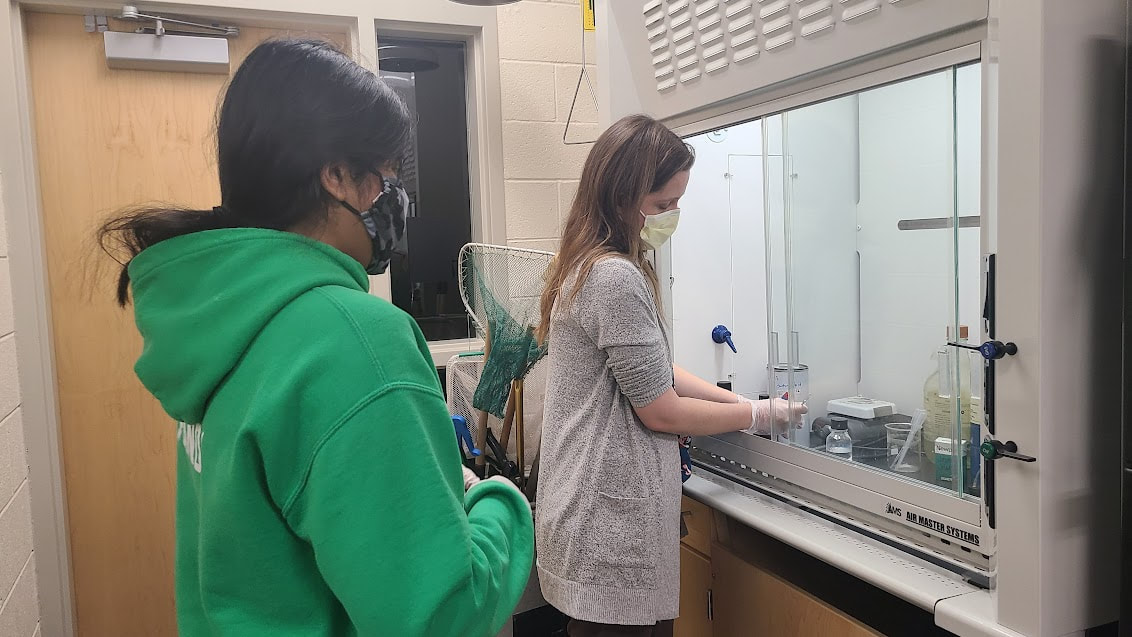
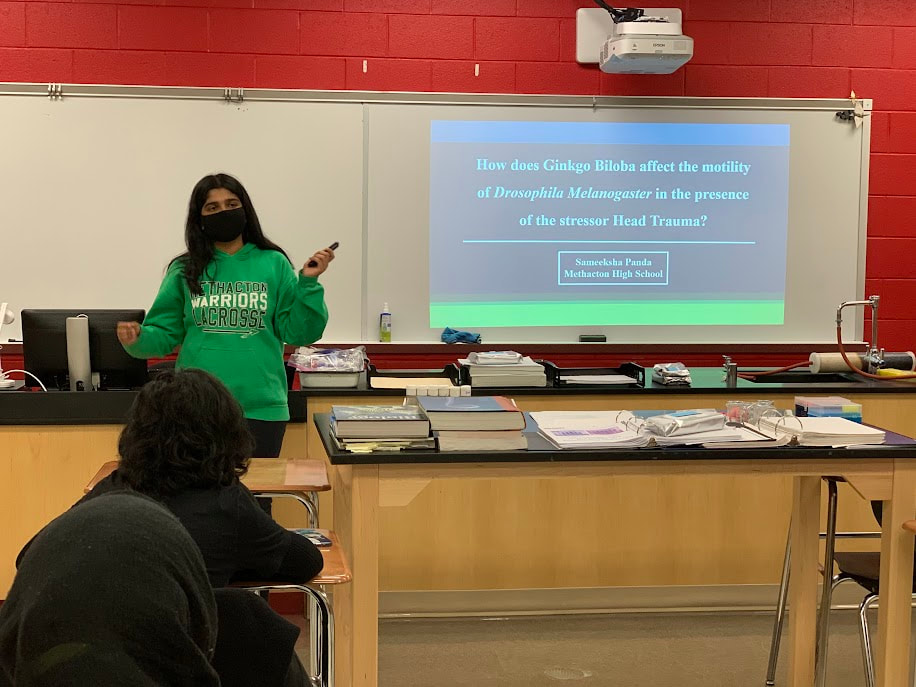
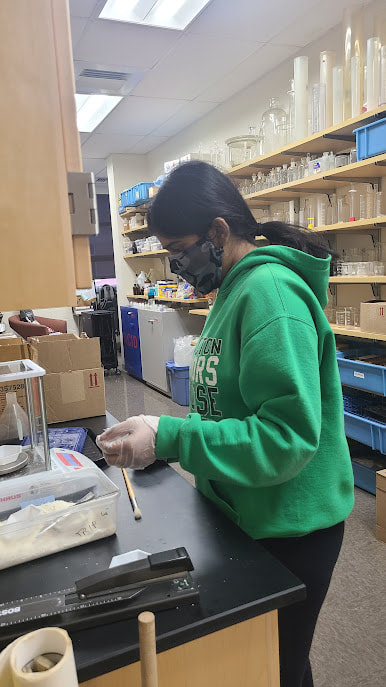

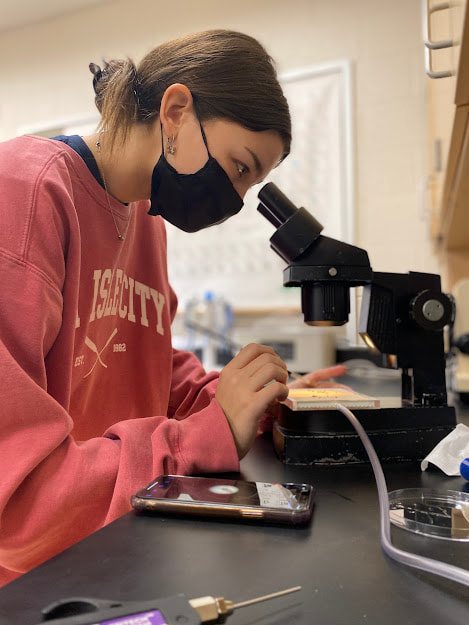
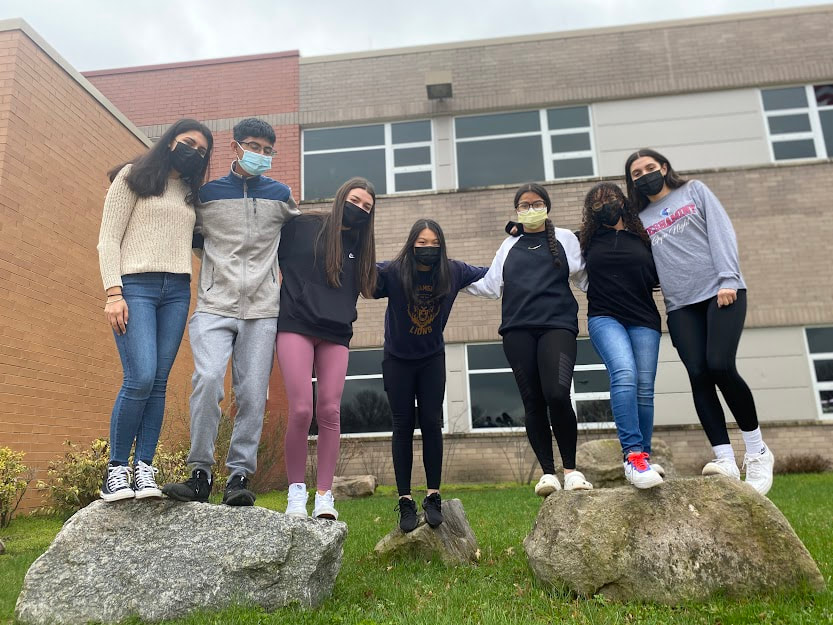
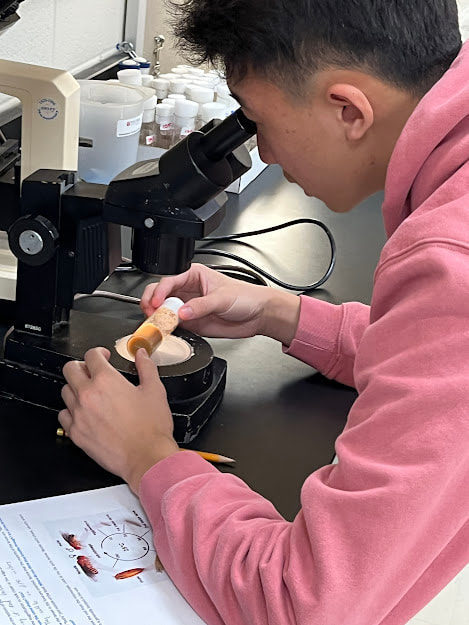
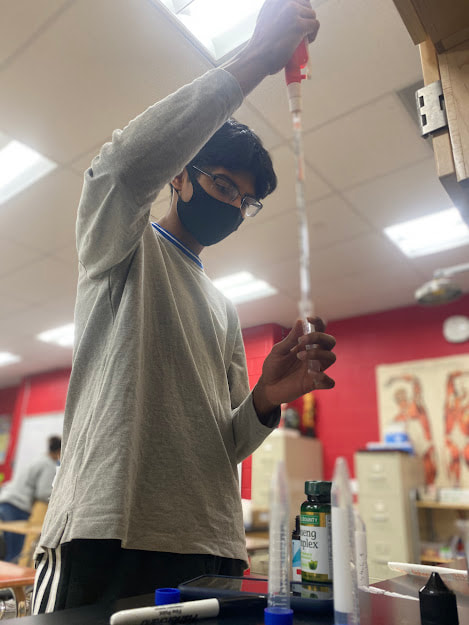
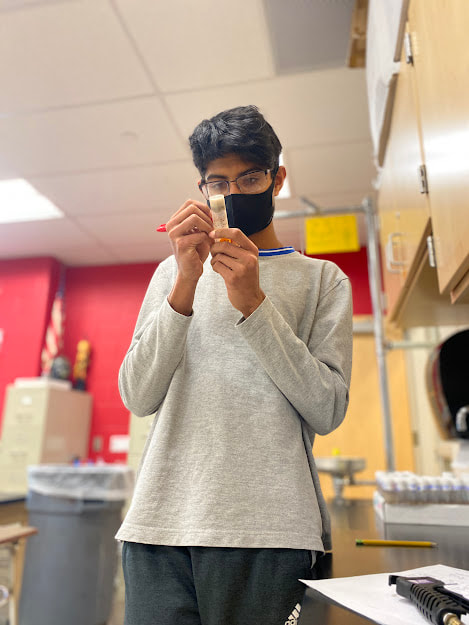
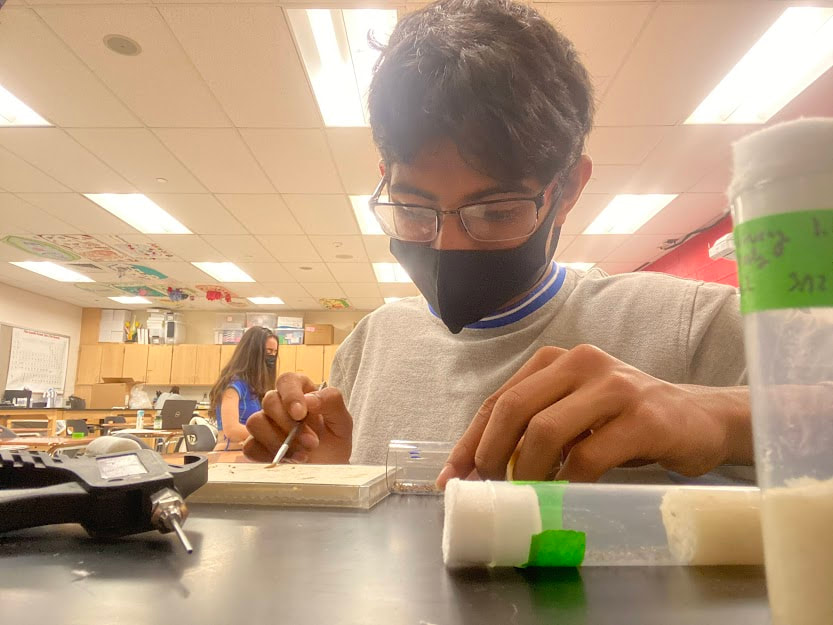
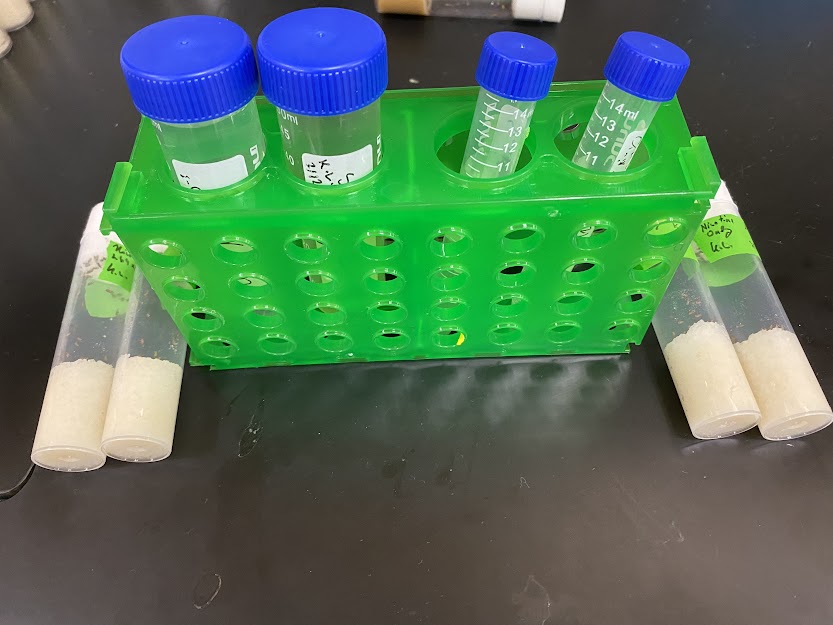
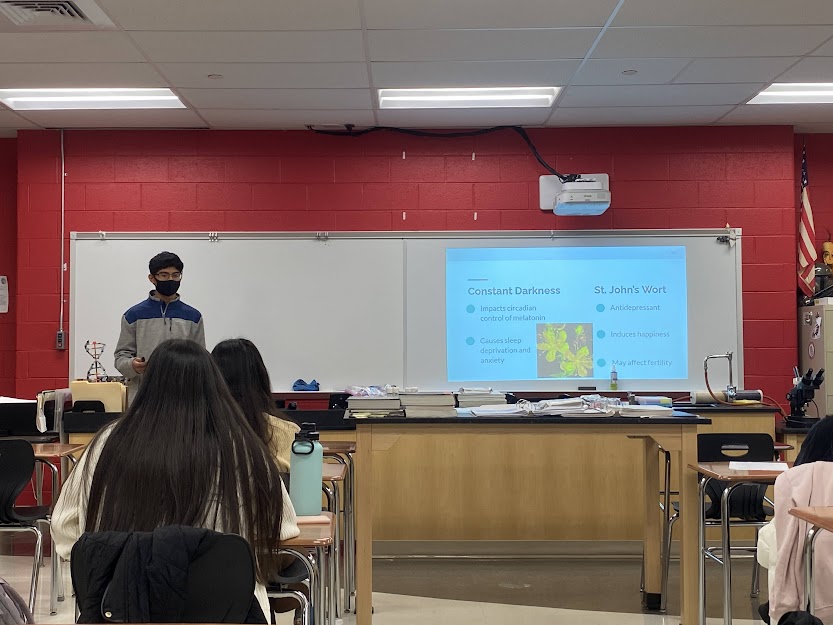
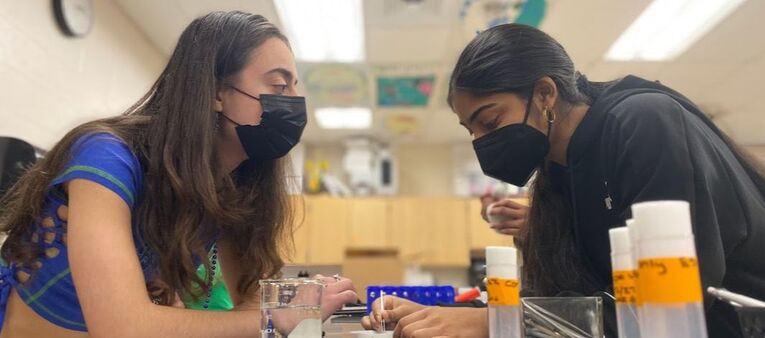
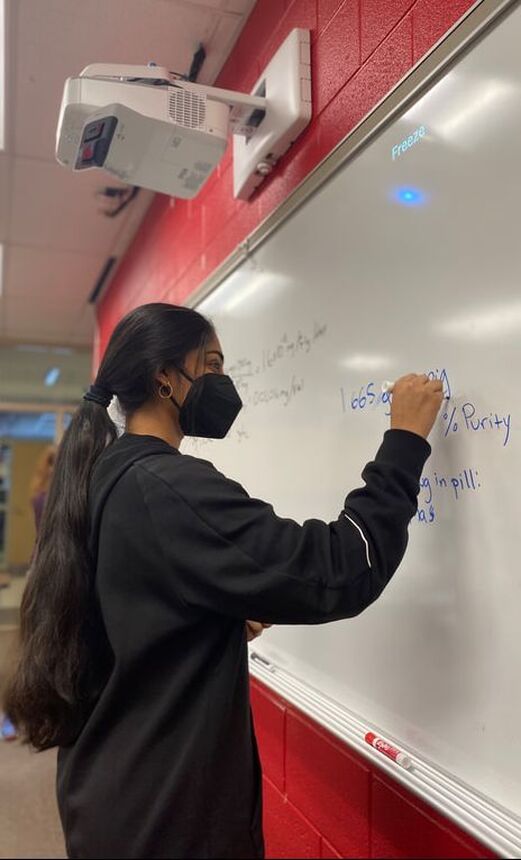
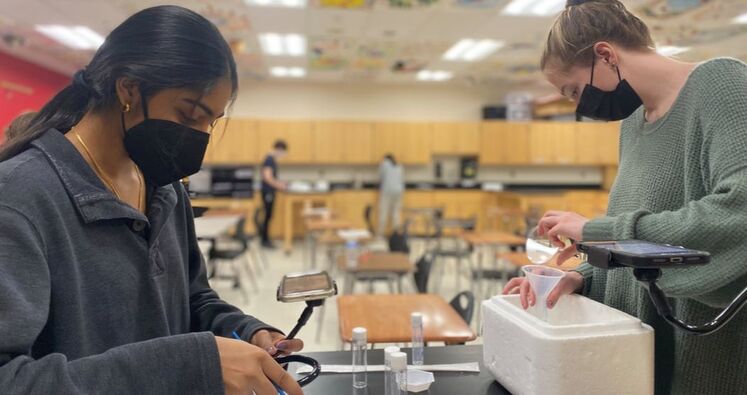
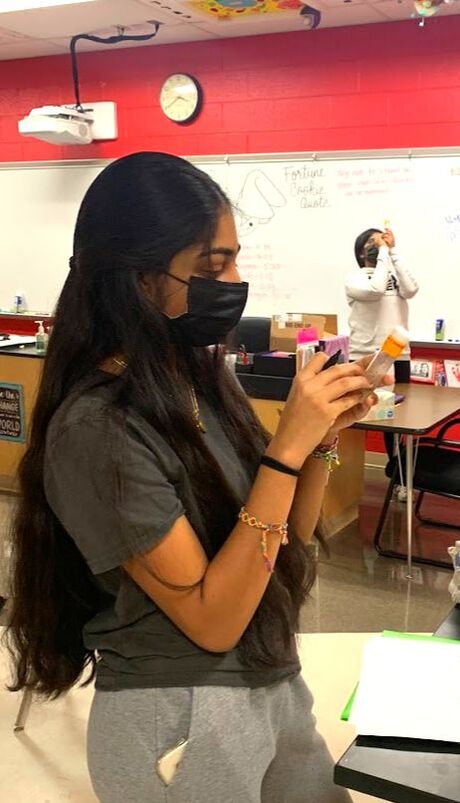

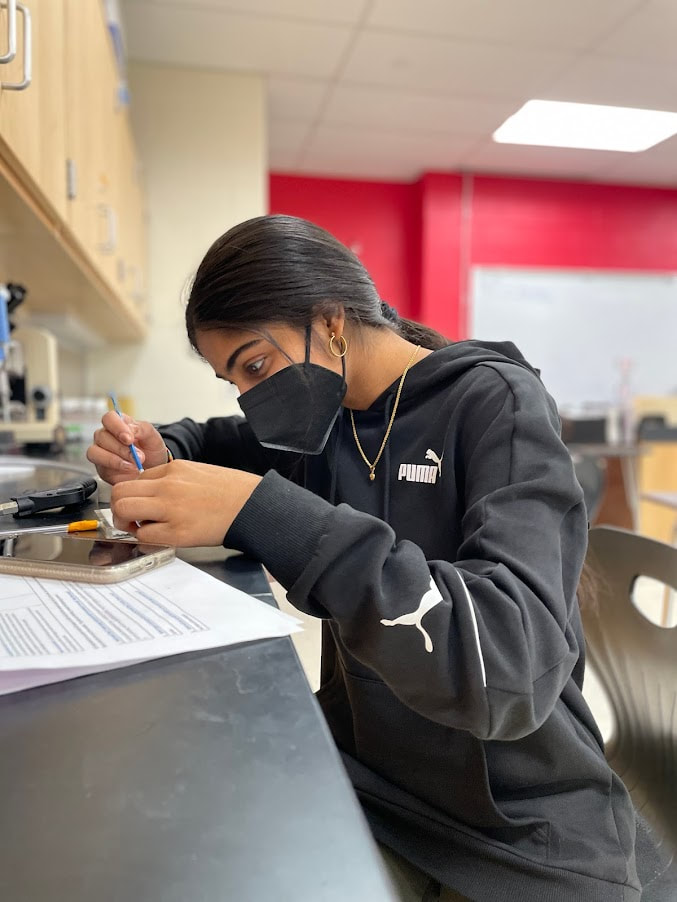

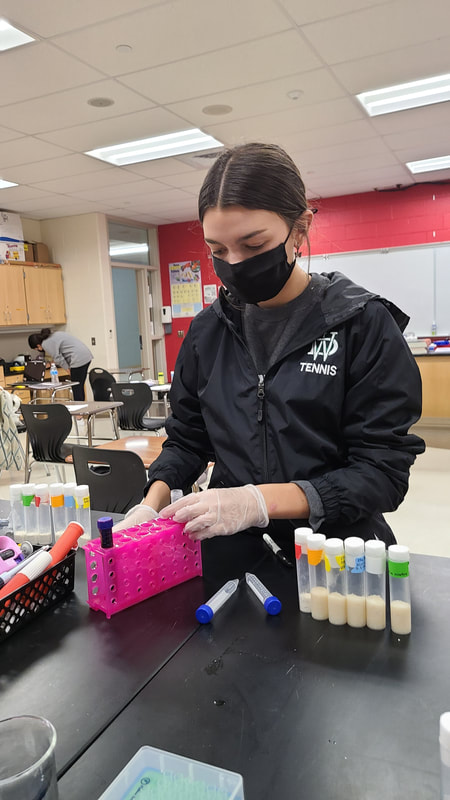
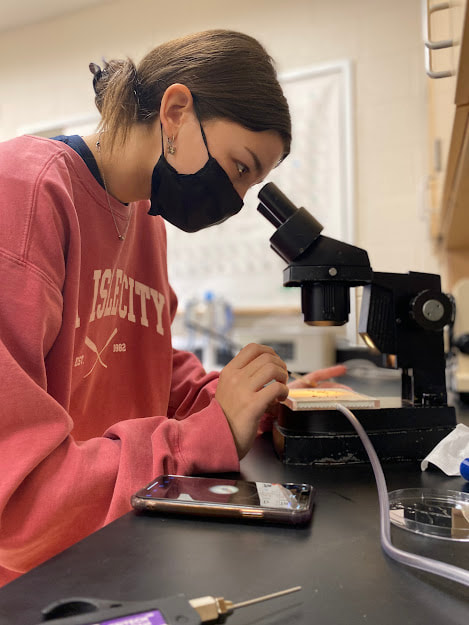
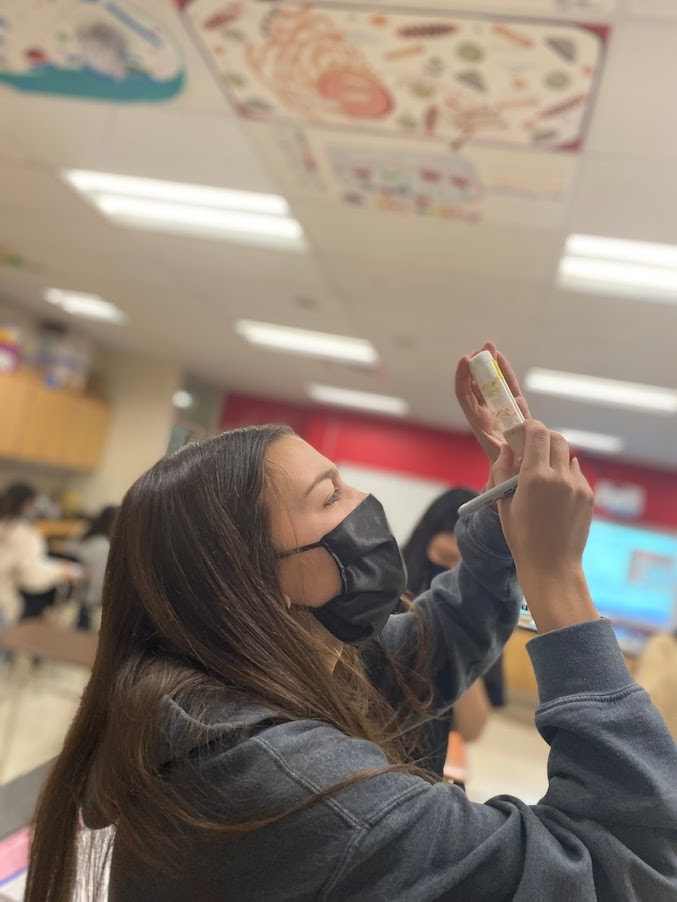
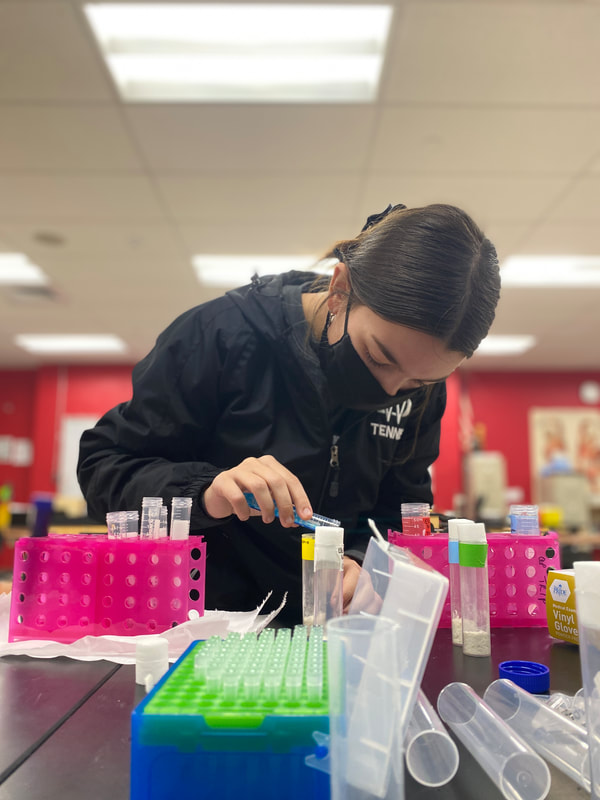
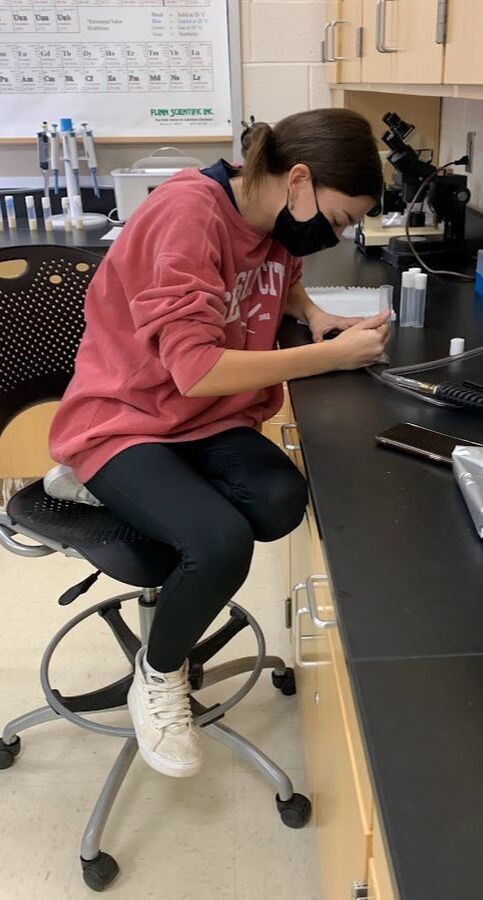
 RSS Feed
RSS Feed